Welcome. I'm here with another continuation of my mini series of trip I took during the summer. Around the Moravian region in the eastern part of the Czech Republic. In today's episode, we'll look at places from recent history, as well as earlier ones. We'll also take a look at the landscape that this area offers. So let's quickly hit the road.
Vítejte. Jsem tu s dalším pokračováním mojí mini série z cest, které jsem uskutečnil během léta po oblasti Moravy ve východní části České republiky. V dnešním díle se podíváme na místa nedávné historie, ale i té dřívější. Také se rozhlédneme do krajiny, kterou tato oblast nabízí. Pojďme tedy rychle na cestu.
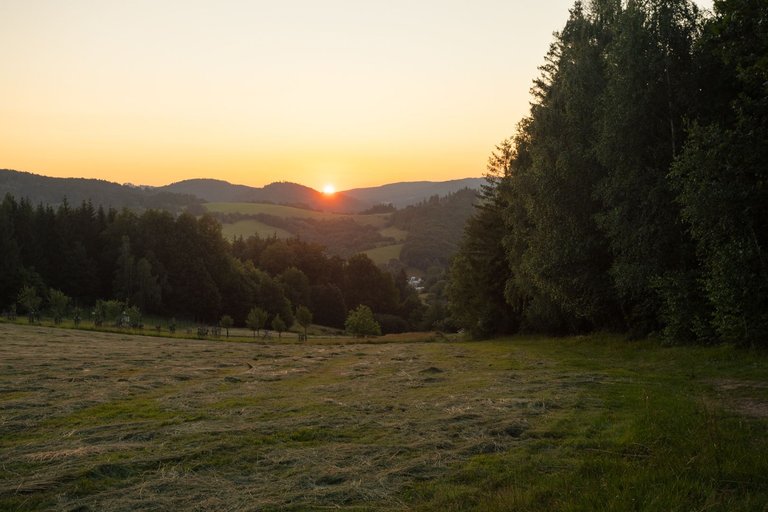
I woke up to a new day, before sunrise, because I wanted to set off early and also use the nearby viewpoint for morning photography. The conditions were not ideal due to the cloudless morning, but on the other hand, at least one photo turned out quite well.
Do nového dne jsem se probudil, před východem slunce, protože jsem chtěl vyrazit brzy na cestu a navíc jsem chtěl využít nedaleké vyhlídky pro ranní fotografování. Podmínky sice nebyly ideální díky bezmračnému ránu, ale na druhou stranu, alespoň jedna fotografie se docela povedla.
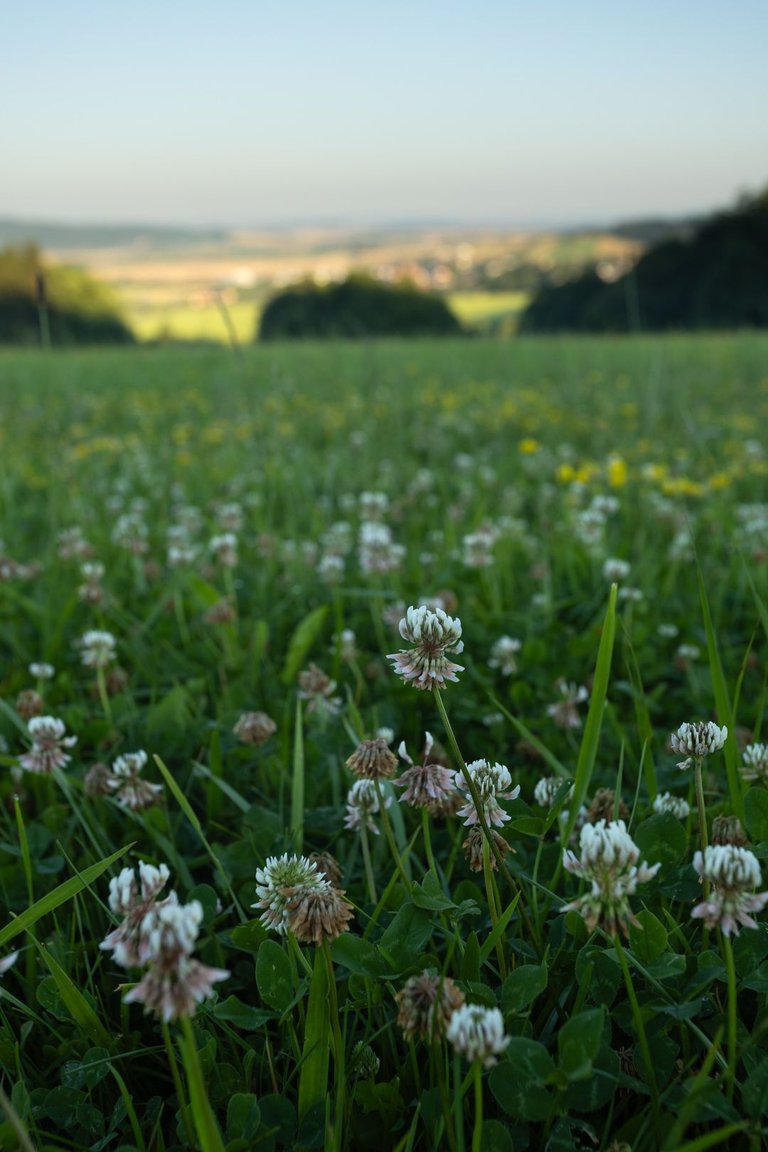
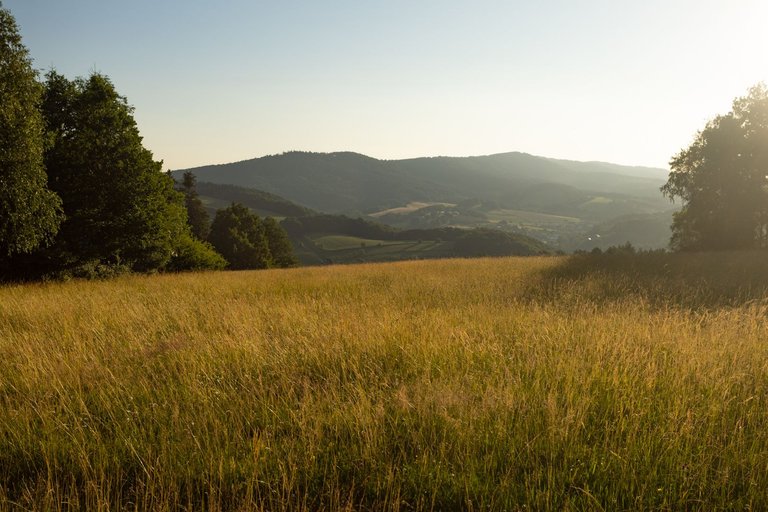
After finishing the morning photoshoot, I set off on a path that led mostly through the forest, although there were occasional views of the countryside. At one point, I deviated from the planned path because I wanted to have breakfast in one of the shelters with a view of the village of Kašava, or rather the hills above the village.
Po ukončení ranního focení jsem se vydal na cestu, která vedla převážně lesem i když se občas objevil výhled do krajiny. V jeden moment jsem uhnul z plánované cesty, protože jsem se chtěl nasnídat v jednom z přístřešků, kde byl výhled na obec Kašava. Nebo spíše na kopce nad vesnicí.
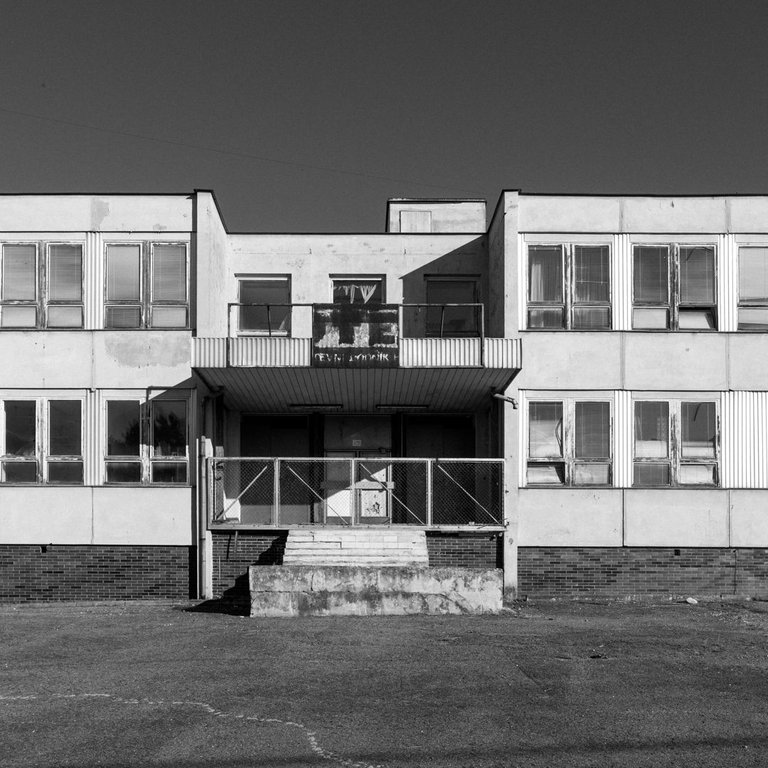
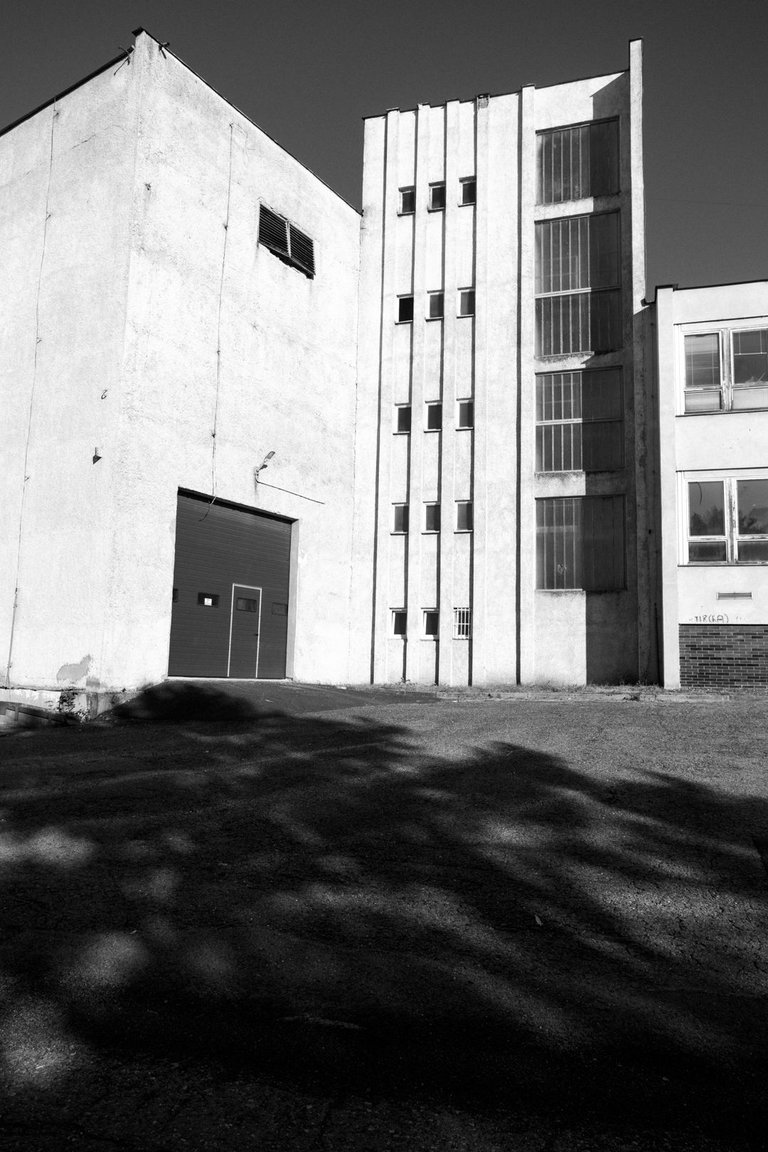
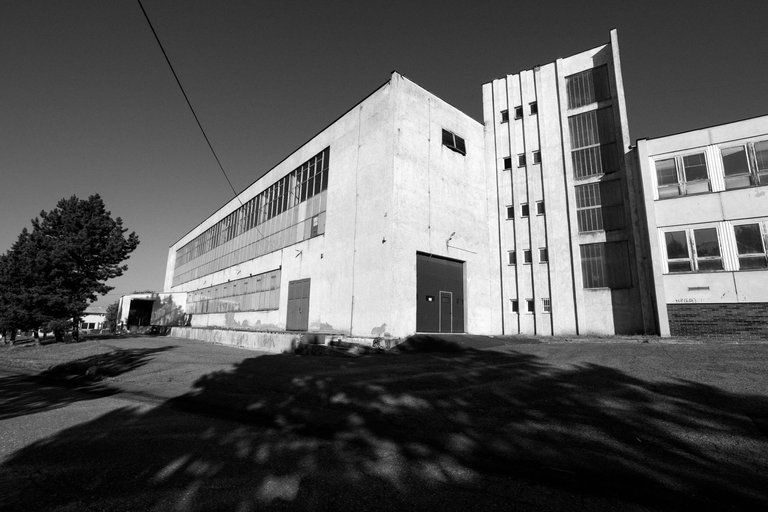
When I was full, I set off again towards the village of Hrobice. Where I first began to encounter buildings from the time when the entire area prospered from agricultural activity. The history of which is connected with the name of František Čuba, who created the largest and most profitable cooperative in the then Czechoslovakia from a small agricultural farm.
Když jsem byl nasycen, vydal jsem se opět na cestu směrem k vesnici Hrobice. Kde jsem poprvé začal potkávat budovy z doby kdy celá tato oblast prosperovala ze zemědělské činnosti. Jehož historie je spojená se jménem František Čuba, který z malého zemědělského družstva vytvořil největší a nejvýdělečnější družstvo v tehdejším Československu.
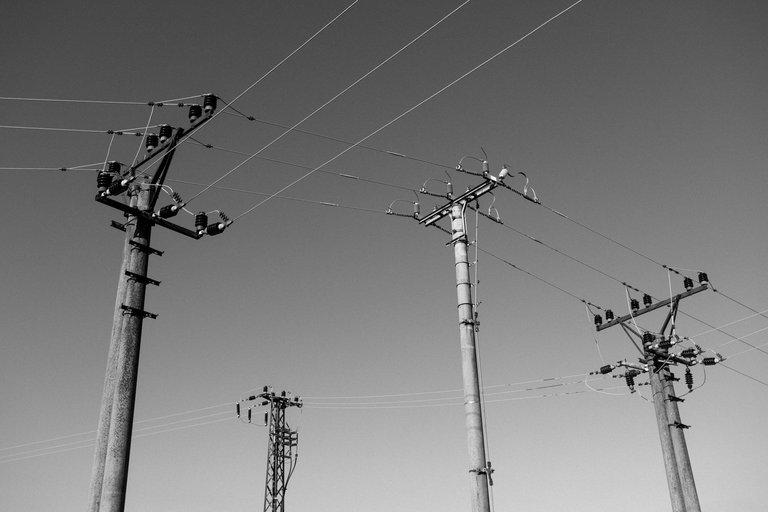
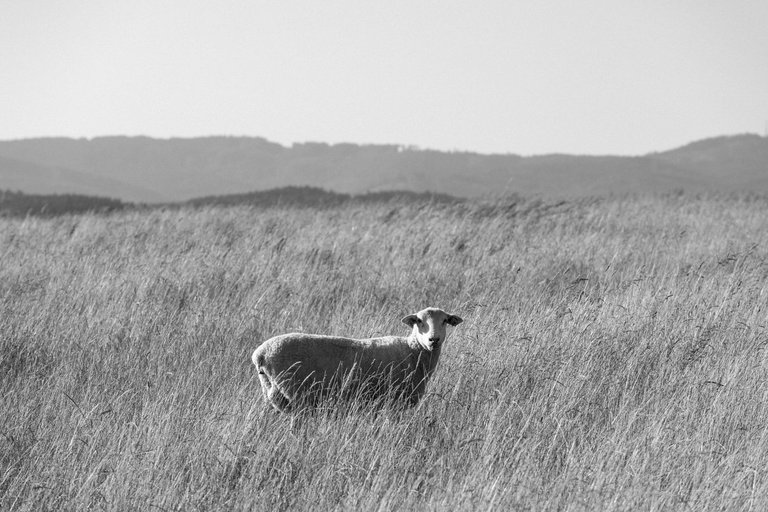
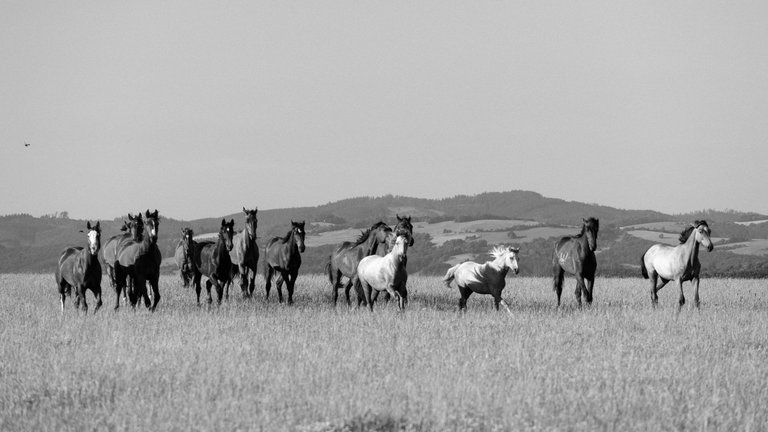
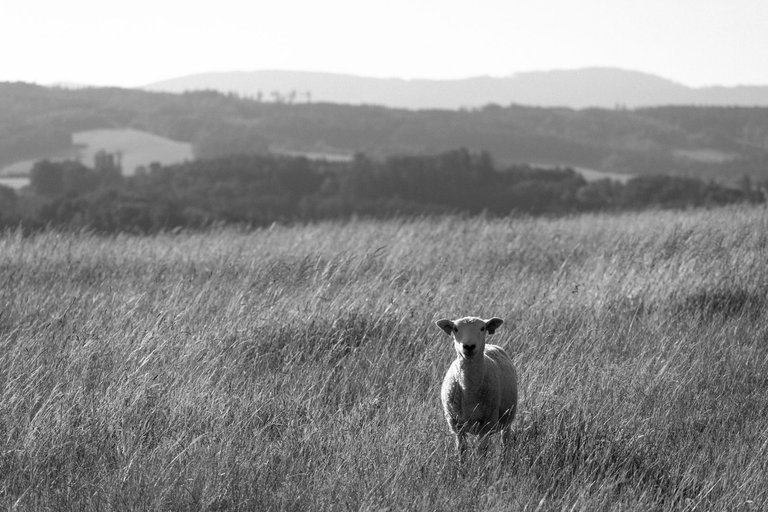
Today, only horses and sheep roam the surrounding meadows.
Dnes se po okolních lukách prohání pouze koně a ovce.
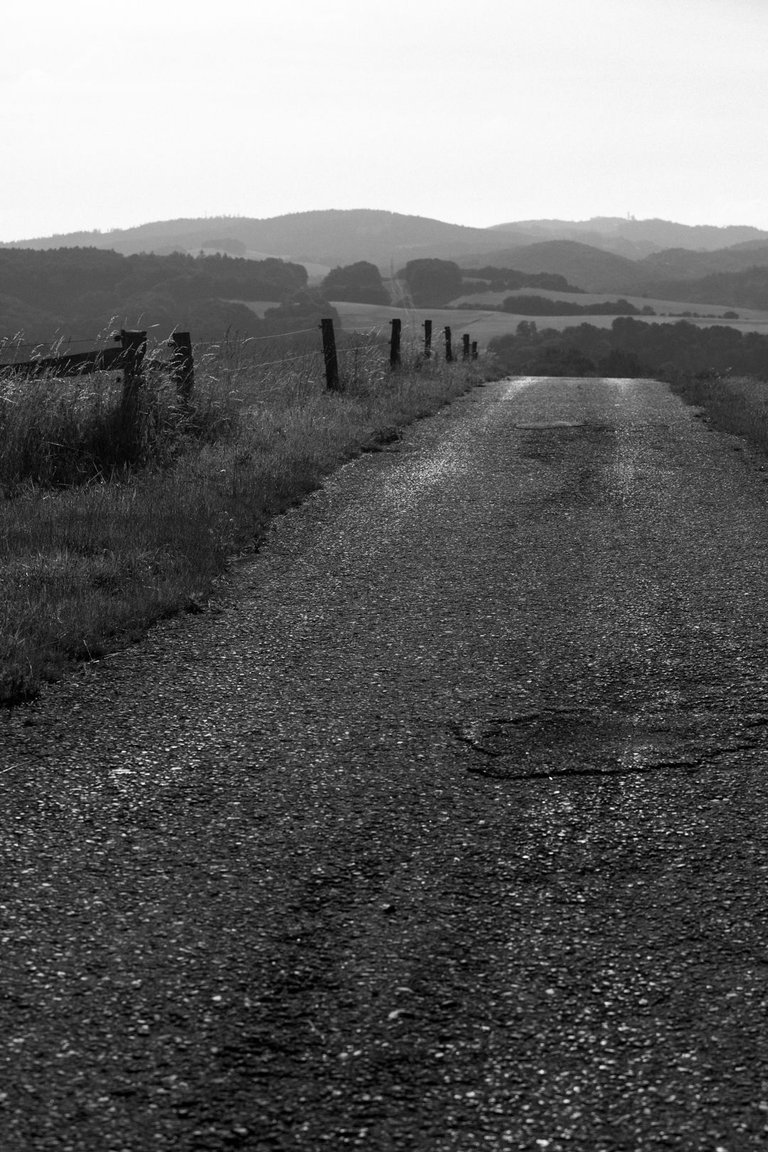
Following the paths between the meadows, I reached the very center of the former agricultural empire, which is a small town called Slušovice.
Po cestách mezi loukami jsem se dostal, až k samotnému centru bývalého zemědělského impéria. Jež je malé městečko nesoucí jméno Slušovice.
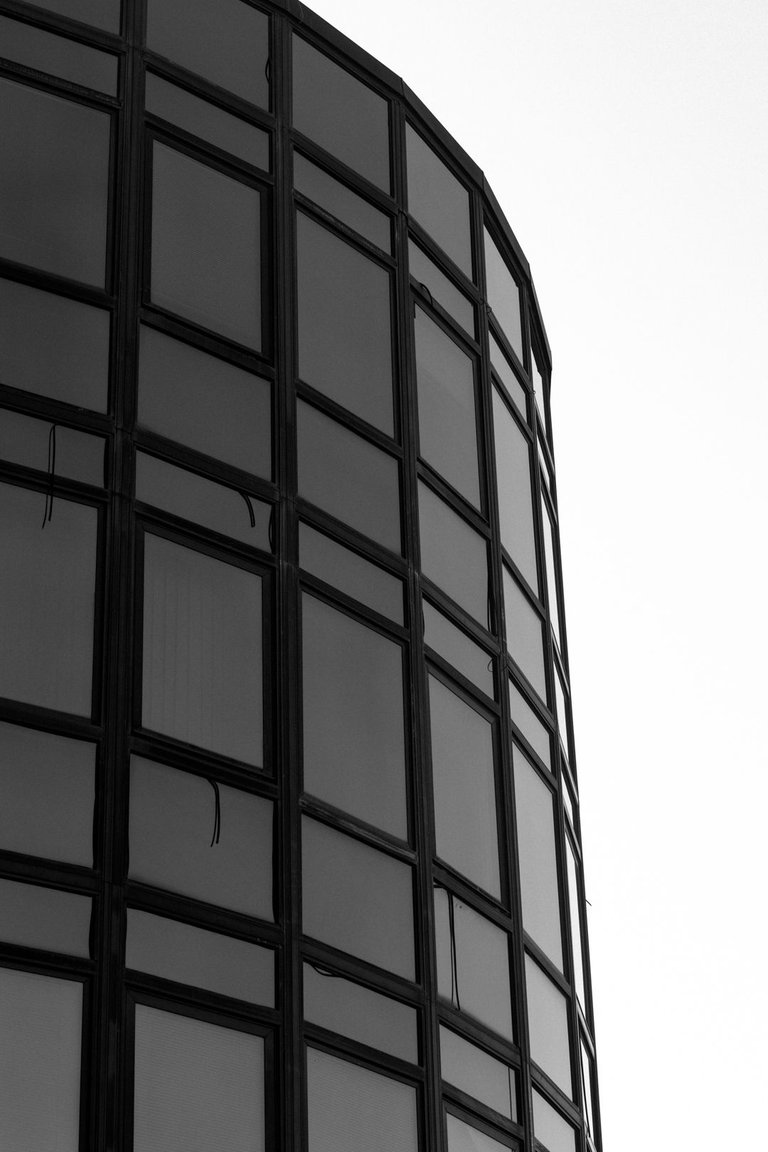
On the outskirts of the city, you will be greeted by the abandoned building of the so-called Moravian Bank, which was one of the many projects that Fantišek Čuba launched in this city.
Na okraji města Vás přivítá opuštěná budova takzvané Moravské banky. Což byl jeden z mnoha projektů, které v této obci Fantišek Čuba rozjel.
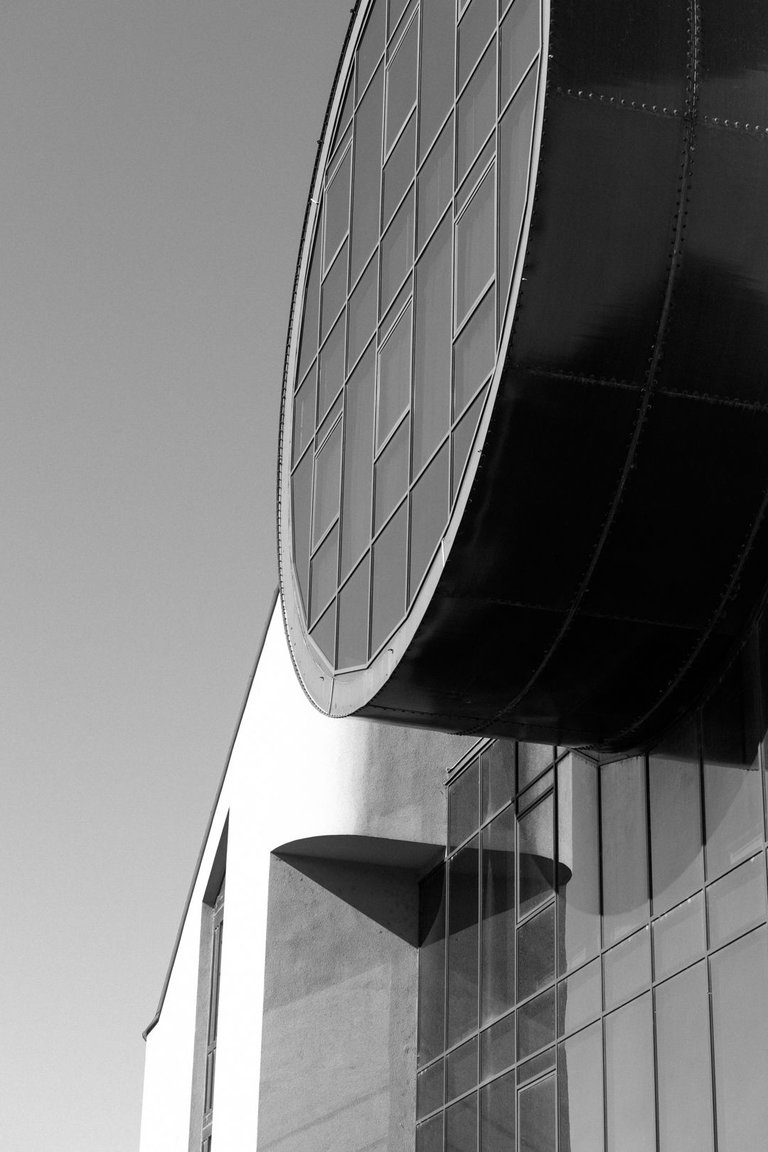
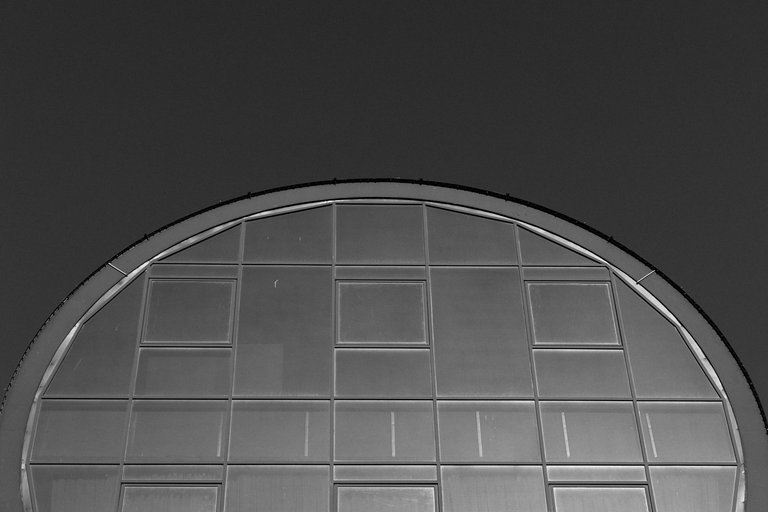
Another building on the way through the city is a horse racetrack, which is currently used, but not to the same extent as in the 1980s, when horse racing were routinely broadcast from it on television. Today, a special stage is occasionally held here as part of the Barum Rally. This refers to the rally team that the Slušovice Agricultural Cooperative operated and it can be said that it was very successful, because the area was often used for tests by Western car manufacturers such as Audi for Group B cars and its successor Group S, which was eventually canceled.
Další budovou na cestě městem je dostihové závodiště, které je v současnosti využíváno, ale ne v takovém rozsahu jako v 80. letech 20. století kdy z něj byly běžně vysílány dostihové přenosy v televizi. Dnes se zde občas jede rychlostní zkouška v rámci Barum Rally. Což odkazuje na rally tým, který JZD Slušovice provozovalo a dá se říci, že velmi úspěšně, protože okolí bylo často využíváno k testům západních automobilek jako Audi pro vozy skupiny B a jejího následovníka skupiny S, která byla nakonec zrušena.

One of the advantages for testing rally cars in this area was also the computer center, which the former director had built there. As an associated production, computers, biochemistry, or tires were even produced here. From 1963 to 1989, the Slušovice Agricultural Cooperative became the most profitable company in the Czechoslovak Socialist Republic with a turnover of almost 7 billion crowns and a profit of 830 million. The average salary in the ČSSR was around 2000, - CZK.
Jednou z výhod pro testování rally vozů v této oblasti bylo i výpočetní centrum, které zde nechal bývalý ředitel postavit. Jako přidružená výroba se zde dokonce vyráběli počítače, biochemie, nebo pneumatiky. Od roku 1963 do roku 1989 se z JZD Slušovice stala nejvýdělečnější firma v ČSSR s obratem téměř 7 miliard korun a ziskem 830 miliónů. Průměrný plat byl V ČSSR něco kolem 2000,- Kčs.
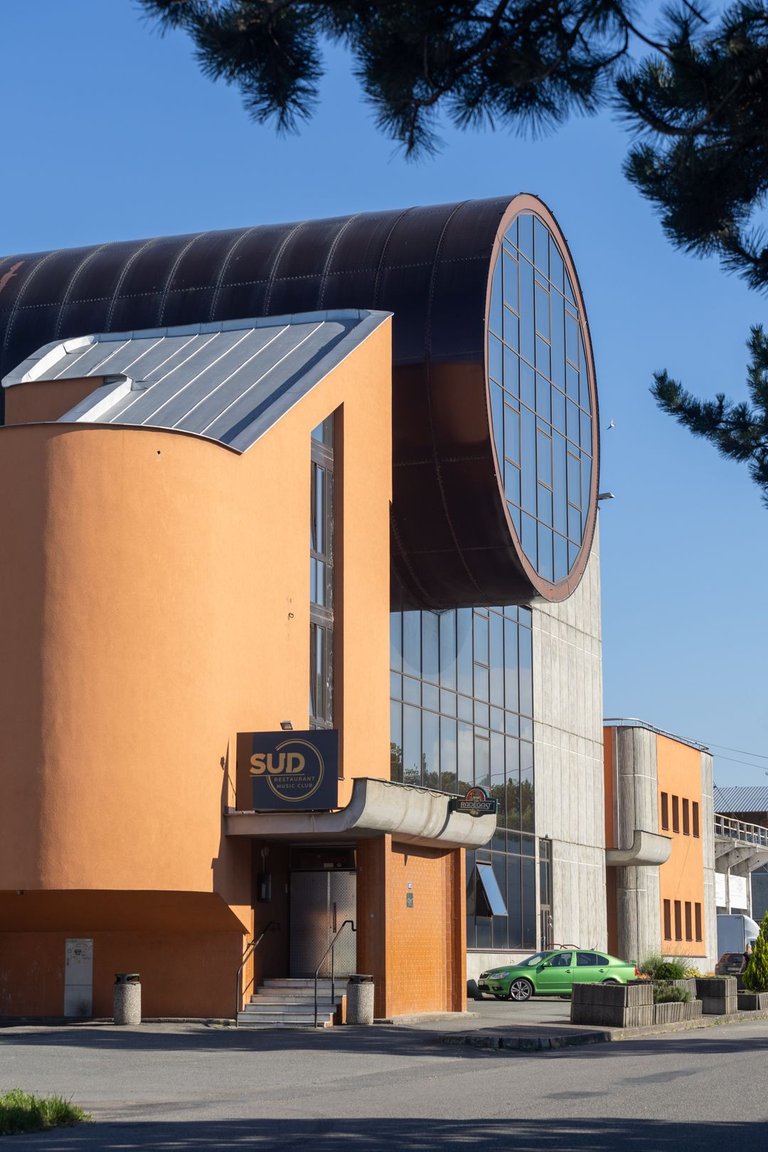
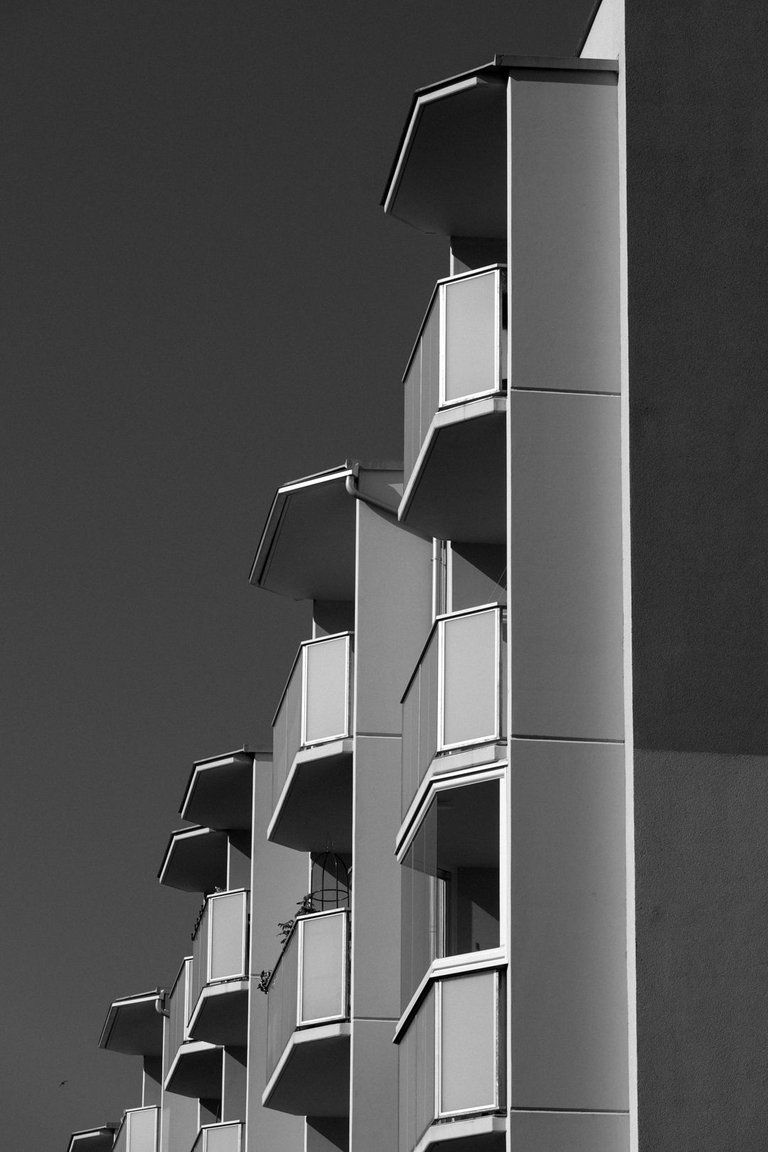
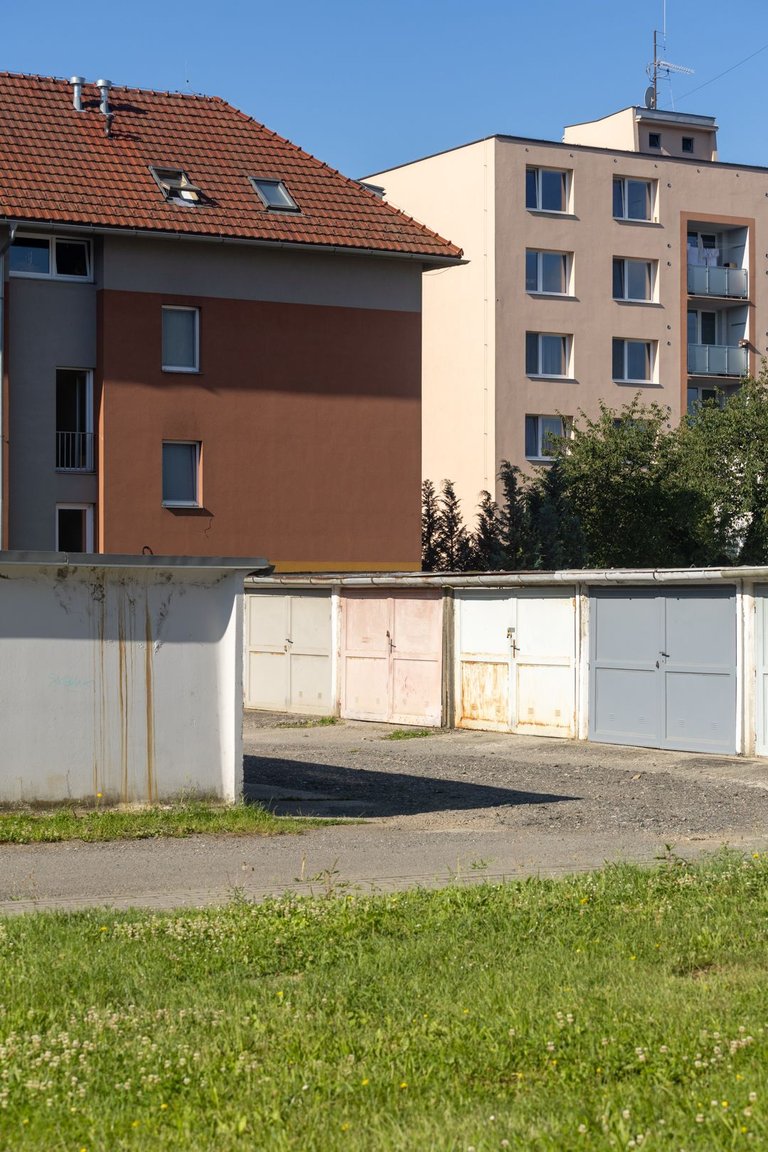
František Čuba thought of his workers and dedicated a large part of the city to new construction. He even had social programs for loyal workers. All of this collapsed after 1990, when the company was divided into 110 small companies, most of which went bankrupt. Today, Slušovice is again, one could say, an insignificant village.
František Čuba myslel na své pracovníky a velkou část města věnoval nové výstavbě. Dokonce měl i sociální programy pro věrné pracovníky. To vše se zhroutilo po roce 1990, kdy byla firma rozdělena na 110 malých firem z nichž většina zkrachovala. Dnes jsou Slušovice opět dalo by se říci bezvýznamnou obcí.
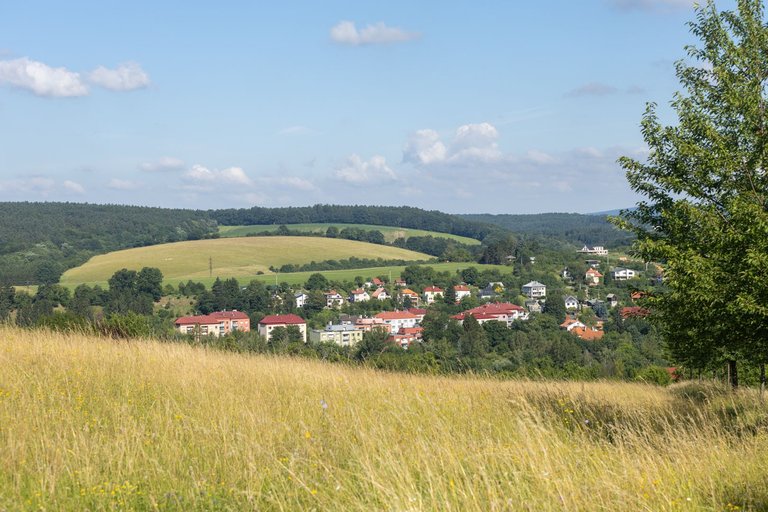
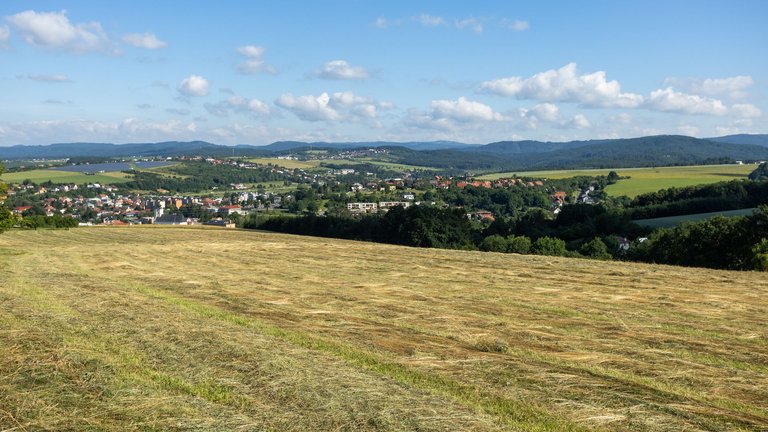
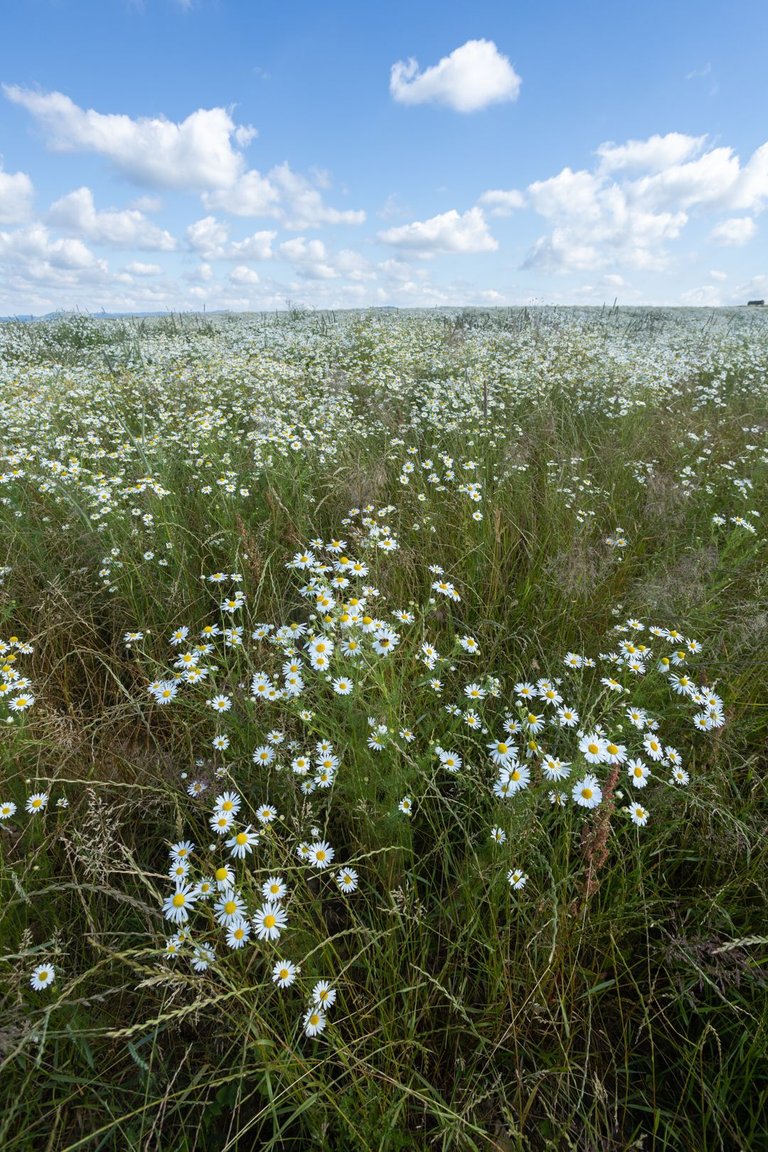
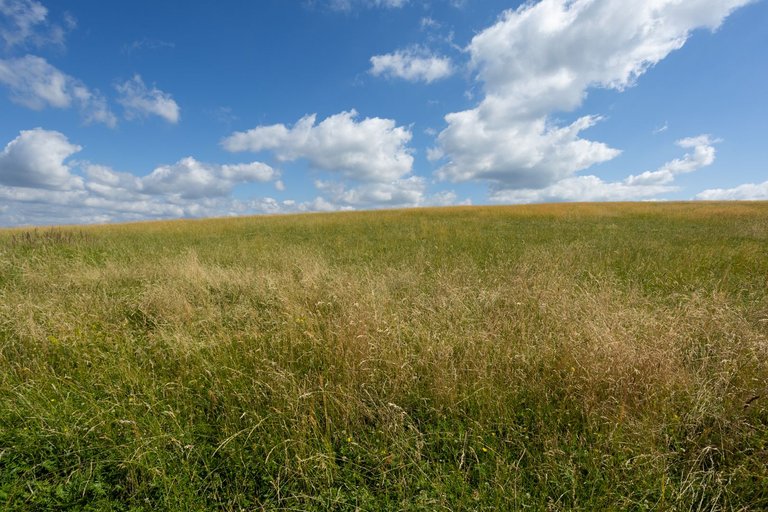
From Slušovice I continued up the hills with meadows to get to another small town called Vizovice, which is famous mainly for Slivovice. Because the Rudolf Jelínek distillery is located here. I would, however, personally give preference to some small local business or private individual.
Ze Slušovic jsem pokračoval do kopců s loukami, abych se dostal k dalšímu malému městečku, které se jmenuje Vizovice, které je proslulé hlavně díky Slivovici. Protože zde sídlí palírna Rudolf Jelínek. Já bych, ale osobně dal přednost, nějakému malému lokálnímu podniku, či soukromníkovi.
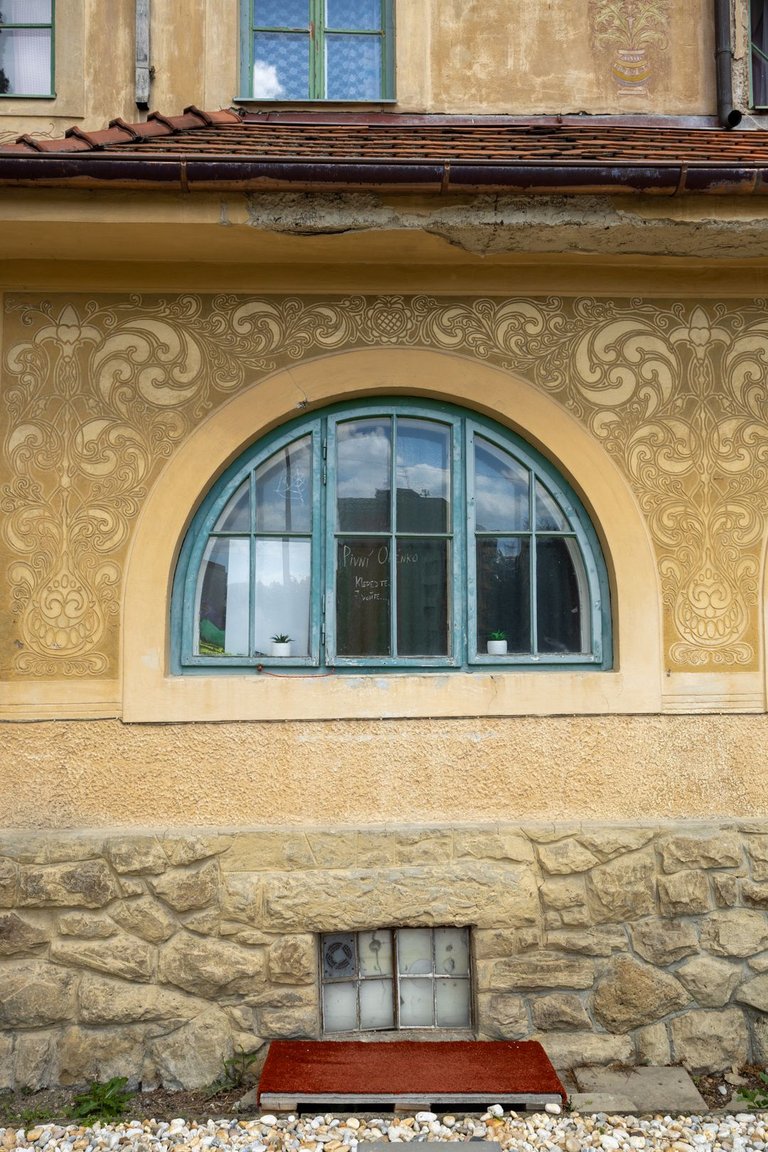

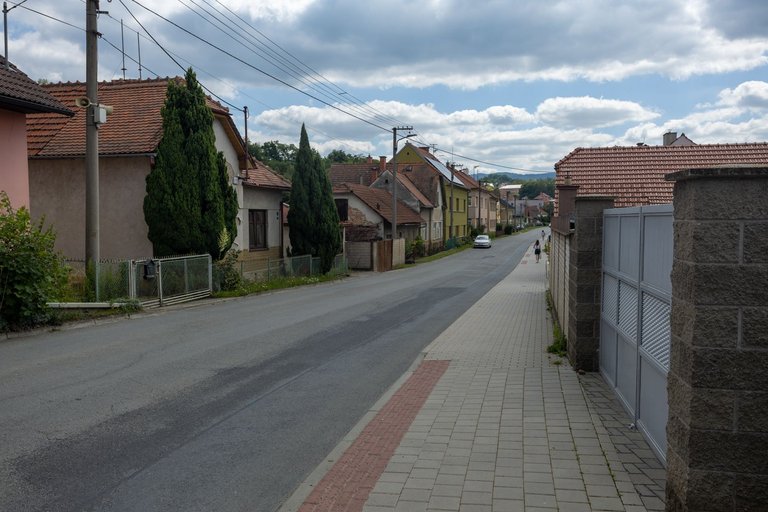
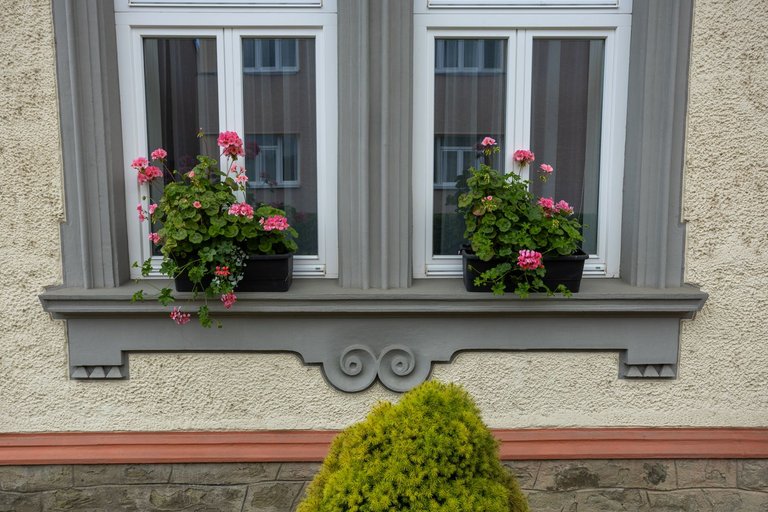
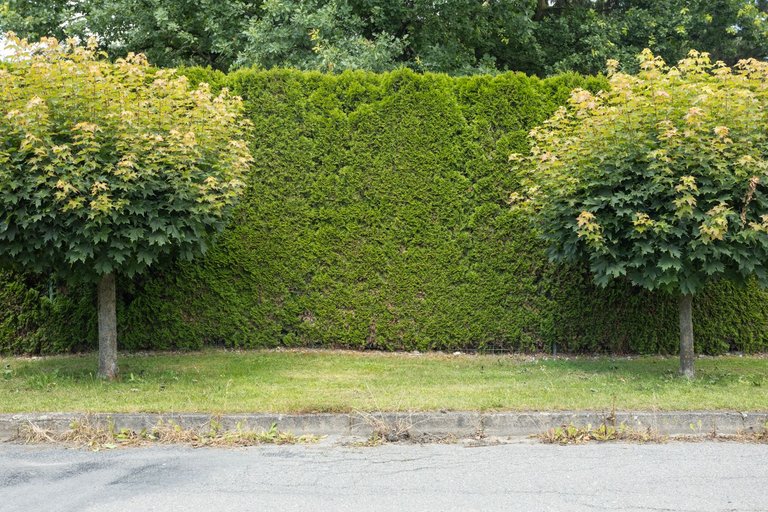
At the time of my visit, the town was incredibly dead. I only met a few girls heading to the center for bus to town of Zlín.
V době mojí návštěvy bylo ve městě neskutečně mrtvo. Že jsem potkal jen pouze pár děvčat, směřujících do centra na autobus do Zlína
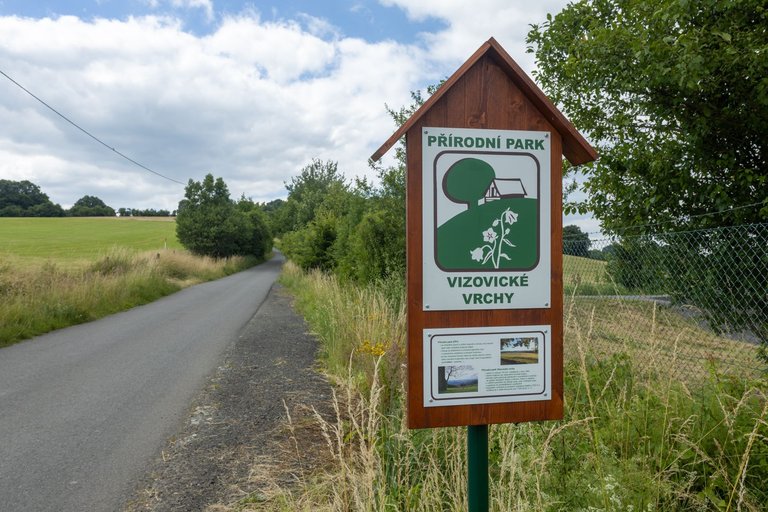
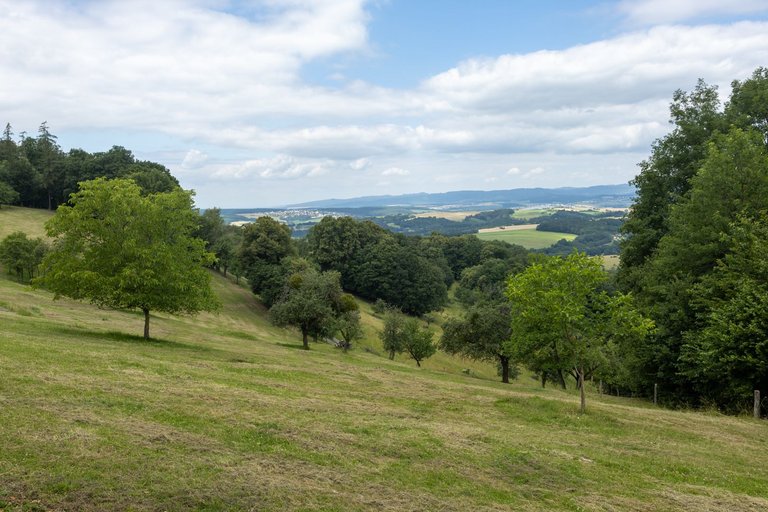
And so I headed back into nature. To the Vizovice Hills area, where plums are mainly grown, from which slivovitz is made. The hills here are steeper than I have climbed so far, but the views are all the more interesting.
A tak jsem zamířil opět do přírody. Do oblasti Vizovických vrchů, kde se pěstují převážně švestky, ze kterých se slivovice vyrábí. Kopce jsou zde strmější, než jsem doposud překonával, ale o to zajímavější jsou výhledy.
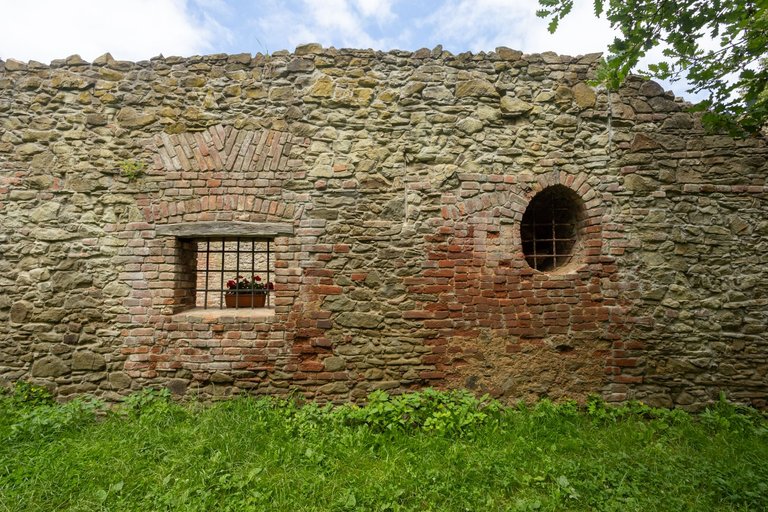

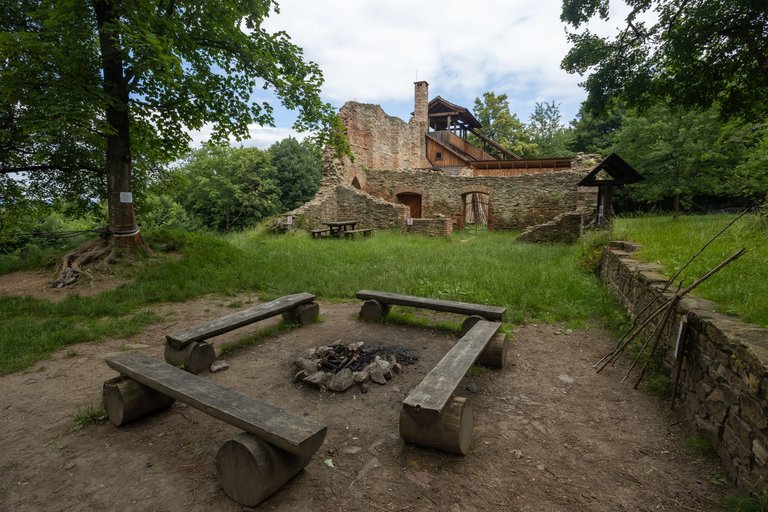
On the way I passed the ruins of the castle Janův hrad, which is located about 470 meters above sea level. The castle is not freely accessible, because it is managed by a voluntary association from Vizovice. But on the other hand, it is possible to spend the night next to the fireplace, which is next to the castle. I continued on, because it was still early.
Cestou jsem prošel kolem zříceniny hradu Janův hrad, který leží asi ve 470 metrech nad mořem. Hrad není volně přístupný, protože ho spravuje dobrovolné sdružení z Vizovic. Ale na druhou stranu je možné vedle přenocovat u ohniště, které je vedle hradu. Já jsem pokračoval dále, protože bylo stále ještě brzo.

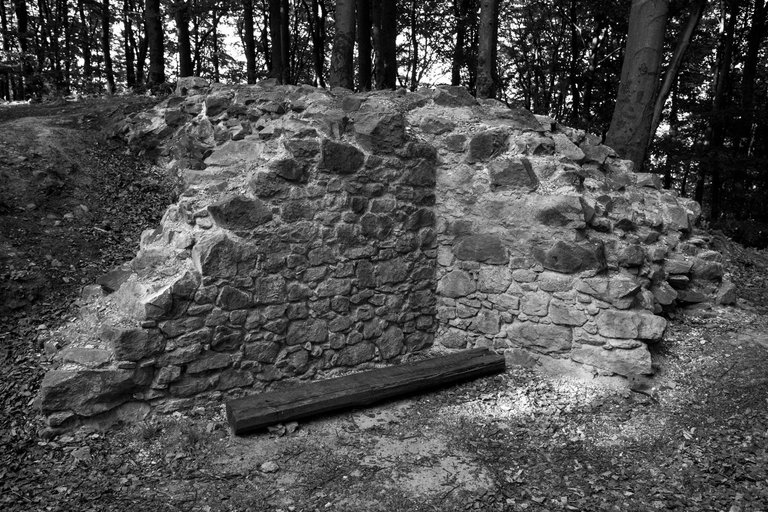
My plan was to spend the night at another castle called Starý Svetlov, but first I had to walk 10 kilometers through the forest, where there was nothing to photograph. During that time, the wind picked up again and so I had to find some shelter in the castle. I finally managed to do this in one of the former rooms.
Můj plán byl přenocovat na dalším hradě, který se jmenuje Starý Světlov, ale to jsem nejdříve musel ujít 10 kilometrů lesem, kde nebylo co k fotografování. Během té doby se zase zvednul vítr a tak jsem musel na hradě nají, nějaké závětří. To se nakonec povedlo v jedné z bývalých místností.
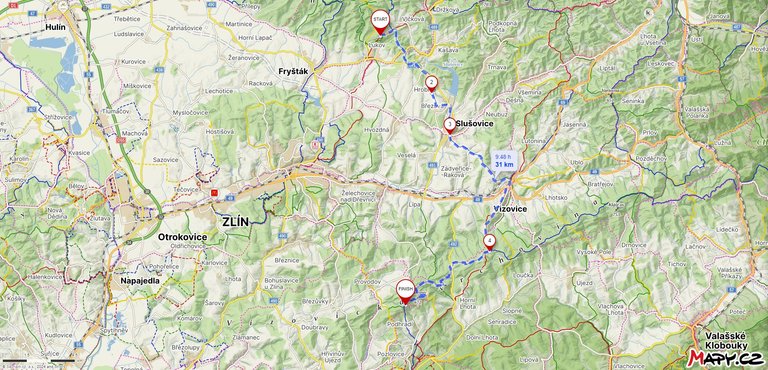
You can check out this post and your own profile on the map. Be part of the Worldmappin Community and join our Discord Channel to get in touch with other travelers, ask questions or just be updated on our latest features.
Hiya, @ybanezkim26 here, just swinging by to let you know that this post made it into our Honorable Mentions in Travel Digest #2396.
Your post has been manually curated by the @worldmappin team. If you like what we're doing, please drop by to check out all the rest of today's great posts and consider supporting other authors like yourself and us so we can keep the project going!
Become part of our travel community:
Congratulations @softa! You have completed the following achievement on the Hive blockchain And have been rewarded with New badge(s)
Your next target is to reach 47000 upvotes.
You can view your badges on your board and compare yourself to others in the Ranking
If you no longer want to receive notifications, reply to this comment with the word
STOPCheck out our last posts: